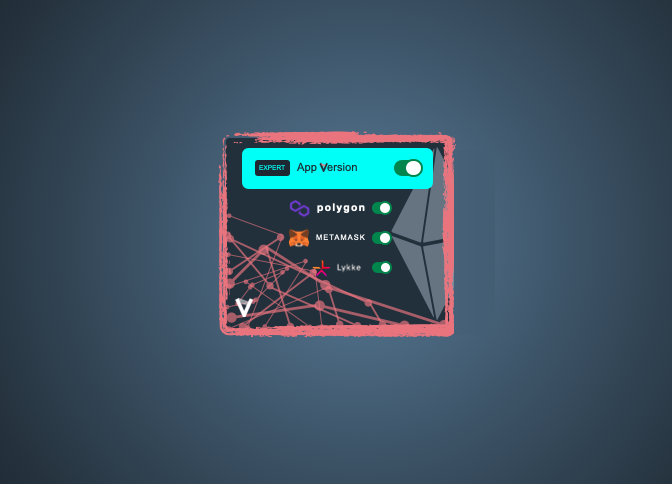What is a sidechain?
The VETRI dApp runs on our own side chain of the Ethereum network. A sidechain is a blockchain which runs parallel to the main network and is connected with it through a two-way peg, which is called a bridge. The use of sidechains has become popular amongst dApps because they allow to mitigate problems of scalability and cost which beset many of the most popular protocols at the moment. The VETRI sidechain is pegged to the Ethereum main network via a parity bridge and uses a proof of authority consensus mechanism.
What happens when I set up my VETRI wallet?
Like with any other crypto wallet, when your first download and install VETRI, a public/private key pair is generated. The keys are usable on both the sidechain as well as the main network. Your seed phrase is accessible in the “settings”. Note that your seed phrase will only help you to recover your tokens, not the data inside your wallet, since your data is stored off-chain.
What happens when I import data?
Nothing. That’s our promise. Your data is stored on your device and only there, secure as a Swiss bank vault. Neither we nor anyone else have access to it until you decide to share it for the right price.
How does the marketplace work?
Glad you asked, because that’s VETRI’s pièce de résistance. Let’s start with the targeting. Since VETRI is a decentralized marketplace where no one but the user has access to their data, targeting people based on their attributes is a little tricky. To avoid having to use a central data repository, we built the VETRI wallet in a way that lets it recognize, which targeted offers available on the marketplace fits the data it contains. So instead of the marketplace looking into your wallet/data to determine whether you are a fit, the wallet looks onto the marketplace for offers which fit its content. Simple as that.
Every “data exchange request” or offer you see on the marketplace is a smart contract. It contains information about the reward for the offer, the duration of its availability, the actual content of the request (i.e. the data points and any additional questions or surveys directed at the user) formatted in JSON. It also contains the attributes which the offer should target for, in VETRI’s own query language.
When you decide to accept an offer and share your completed survey and any other data, your data is hashed and the hash is registered on the blockchain (not your data!). Then your data is sent to a data pick up service (a server), which confirms the correctness of the data by comparing it to the hash. If there is a match, the server confirms the receipt of the data to the smart contract. The smart contract is executed and VLD are distributed to the user’s wallet. Sending data packages is only one of the functionalities of the marketplace. In the future, we intend to implement many more ways in which you can use your data.




